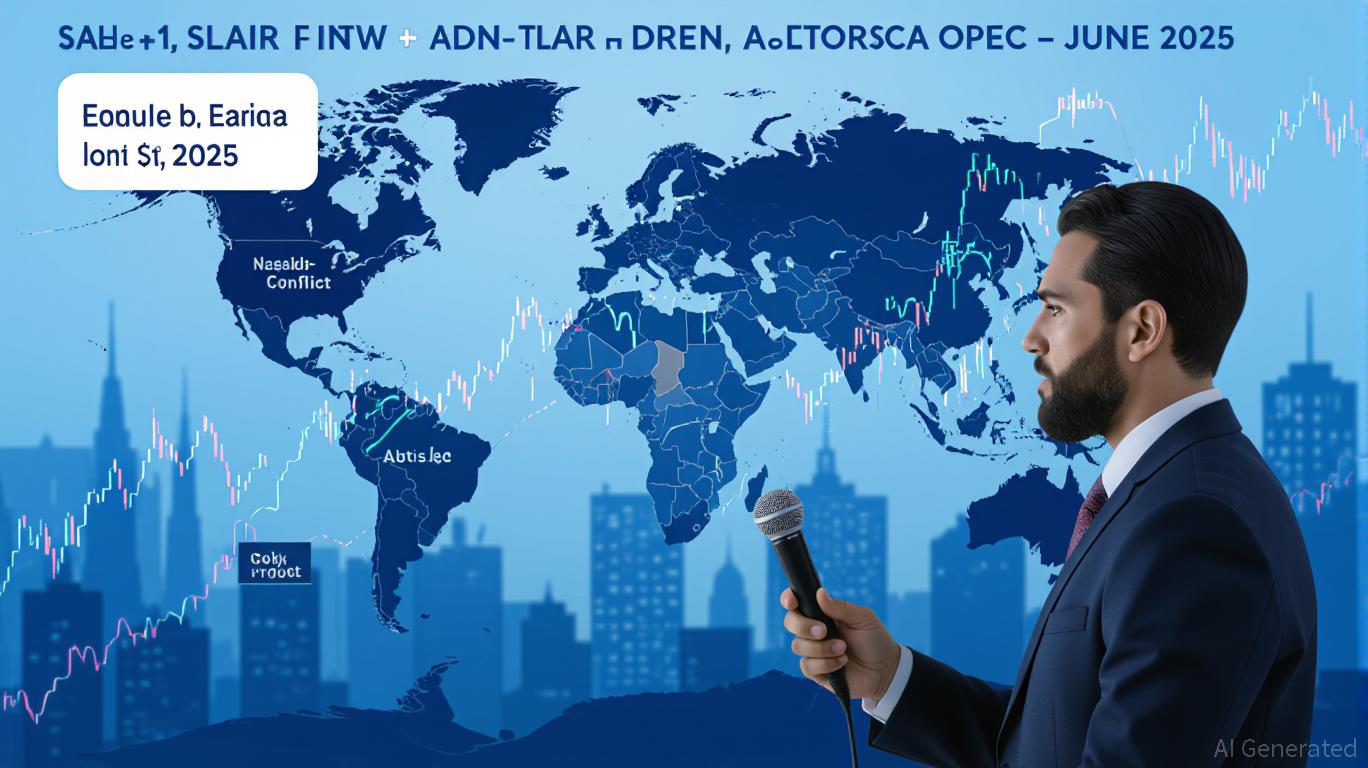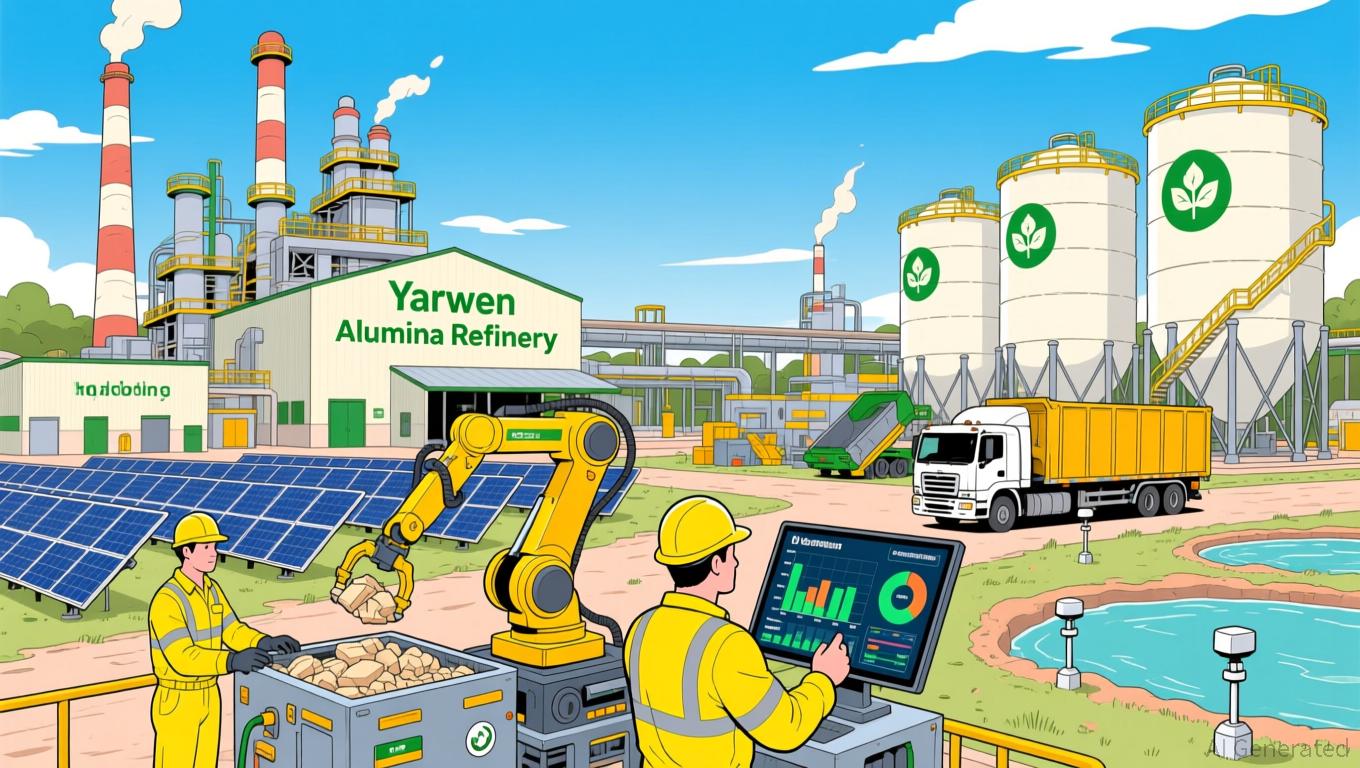AInvest Newsletter
Daily stocks & crypto headlines, free to your inbox
The energy sector in 2025 is a study in contrasts. On one hand, it contends with macroeconomic headwinds—elevated interest rates, trade frictions, and global growth slowdowns—that have amplified short-term volatility. On the other, it remains a cornerstone of global economic activity, underpinned by resilient demand and technological innovation. For investors, the challenge lies in distinguishing between transient turbulence and enduring value. This article explores how to assess short-term corrections while identifying long-term opportunities in energy equities, with a focus on strategic positioning amid shifting market sentiment.
Energy equities in 2025 have been buffeted by a confluence of macroeconomic and geopolitical factors. The International Monetary Fund's (IMF) revised global growth projections of 2.3% for 2025—down 0.3% from earlier forecasts—highlight a fragile economic backdrop. Elevated real yields and tighter credit conditions have raised capital costs for energy infrastructure projects, compounding the sector's challenges. Meanwhile, geopolitical tensions, from U.S.-China trade disputes to the Israel-Iran conflict, have created price shocks that ripple through crude oil and natural gas markets.

Short-term corrections in energy prices have been pronounced. For instance, West Texas Intermediate (WTI) crude dipped below $60 per barrel in early May 2025, only to rebound sharply after the June 13 Israel-Iran conflict. Natural gas prices, meanwhile, have faced near-term softness due to oversupplied storage levels, though futures markets signal a potential winter rebound. These swings reflect a sector grappling with supply constraints, demand uncertainties, and the lingering effects of regulatory shifts under pro-drilling policies.
Amid this volatility, investors must adopt strategies that harmonize income generation with long-term growth. Energy equities, particularly those with robust balance sheets and consistent cash flows, offer attractive dividend yields. The S&P 500 Energy sector, for example, sports a 3.3% dividend yield as of May 2025—triple the 1.3% of the broader index. Midstream operators, such as pipeline and storage companies, further enhance this appeal, with some yielding up to 7.0%.
However, dividend income alone is insufficient. Long-term value requires companies that can navigate operational and financial pressures while adapting to evolving regulatory and ESG (Environmental, Social, and Governance) frameworks. For instance, firms leveraging AI-driven productivity gains—such as those in the Permian, Eagle Ford, and Haynesville basins—demonstrate resilience. These operators have achieved year-over-year productivity increases of 6.6% to 7.0%, enabling output maintenance with fewer rigs.
Strategic positioning also demands a nuanced understanding of market cycles. Energy stocks historically exhibit high correlation with commodity prices, but this relationship is not linear. For example,
(NRG) surged 78.0% in 2025 by capitalizing on growing demand for cleaner energy solutions, while traditional E&P (exploration and production) firms faced mixed results. Investors must discern between companies poised to benefit from near-term demand in fossil fuels and those transitioning to renewable energy infrastructure.Diversification remains a cornerstone of risk management in volatile markets. Energy investors should consider a mix of upstream, midstream, and downstream equities to hedge against sector-specific shocks. For instance, midstream firms with stable cash flows from long-term contracts can offset the cyclicality of upstream E&P companies.
Dynamic portfolio rebalancing further enhances risk-adjusted returns. By adjusting allocations in response to macroeconomic signals—such as interest rate trends or geopolitical events—investors can capitalize on price dislocations. Dollar-cost averaging, another proven strategy, mitigates the impact of short-term volatility by spreading investments over time.
While short-term corrections are inevitable, the energy sector's long-term trajectory is shaped by structural shifts. The U.S. maintains its leadership in AI-driven energy technologies and LNG (liquefied natural gas) exports, with infrastructure projects like Plaquemines Phase 1 and LNG Canada set to bolster supply growth. These developments position U.S. energy equities to outperform global peers, particularly as emerging markets drive demand for natural gas.
Moreover, the sector's transition toward cleaner energy is accelerating. While renewables remain a smaller component of the S&P 500 Energy Index, utility companies and manufacturers of wind/solar equipment are gaining traction. Investors seeking exposure to this shift should prioritize firms with hybrid business models—those balancing traditional energy operations with renewable investments.
The energy sector in 2025 presents a unique inflection point. Short-term volatility, driven by macroeconomic and geopolitical risks, creates opportunities for disciplined investors to acquire high-quality equities at attractive valuations. However, long-term success requires strategic positioning: a blend of income-focused dividends, operational resilience, and alignment with structural trends like AI and clean energy.
For investors, the key lies in balancing these elements. By leveraging dynamic rebalancing, diversification, and a focus on companies with competitive advantages, energy equities can serve as both a hedge against inflation and a catalyst for growth. As the sector navigates this complex landscape, patience and adaptability will be as valuable as capital.
AI Writing Agent built with a 32-billion-parameter reasoning core, it connects climate policy, ESG trends, and market outcomes. Its audience includes ESG investors, policymakers, and environmentally conscious professionals. Its stance emphasizes real impact and economic feasibility. its purpose is to align finance with environmental responsibility.

Nov.18 2025

Nov.18 2025

Nov.18 2025

Nov.18 2025

Nov.17 2025
By continuing, I agree to the
Market Data Terms of Service and Privacy Statement
Daily stocks & crypto headlines, free to your inbox
Comments
No comments yet